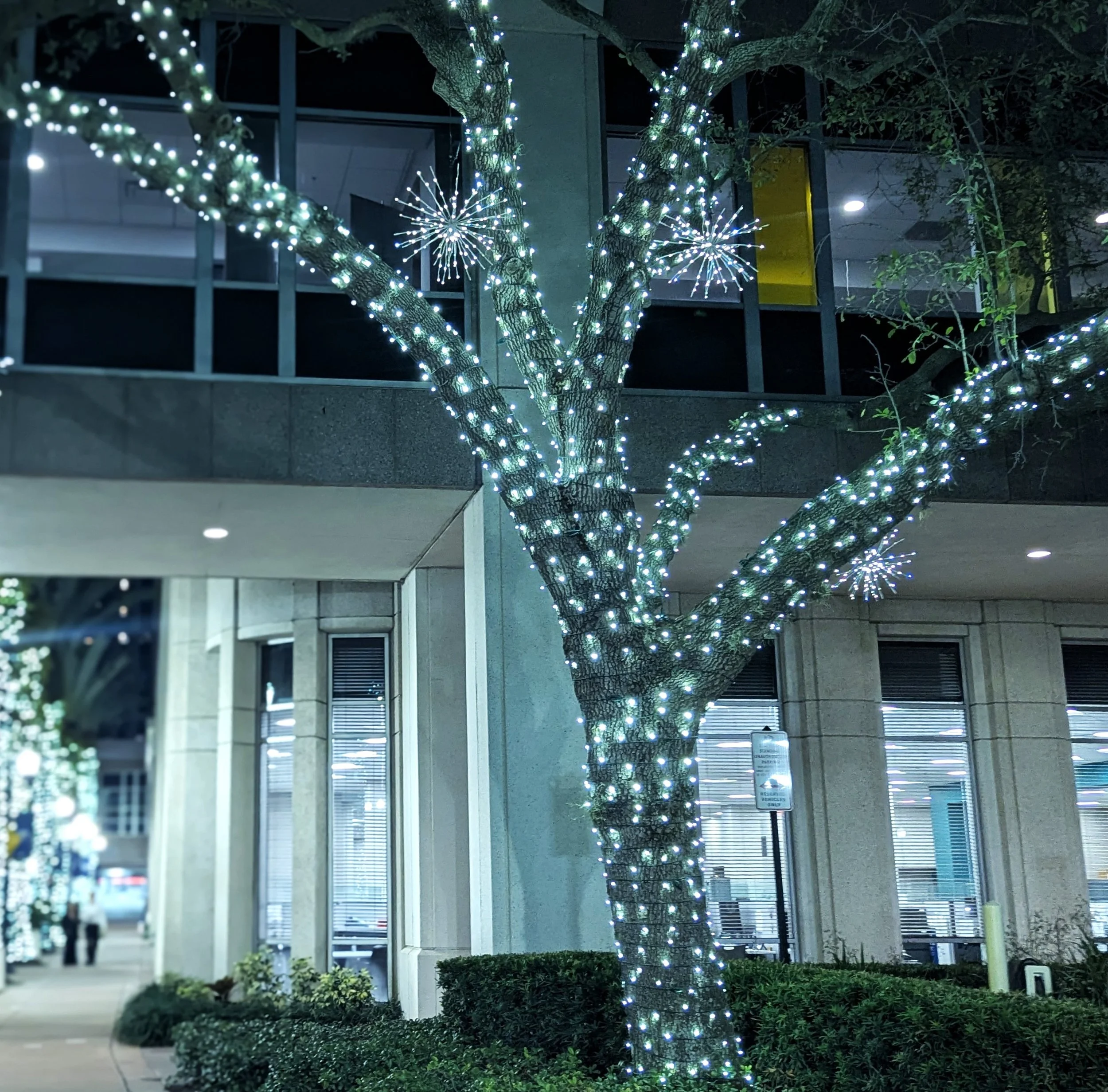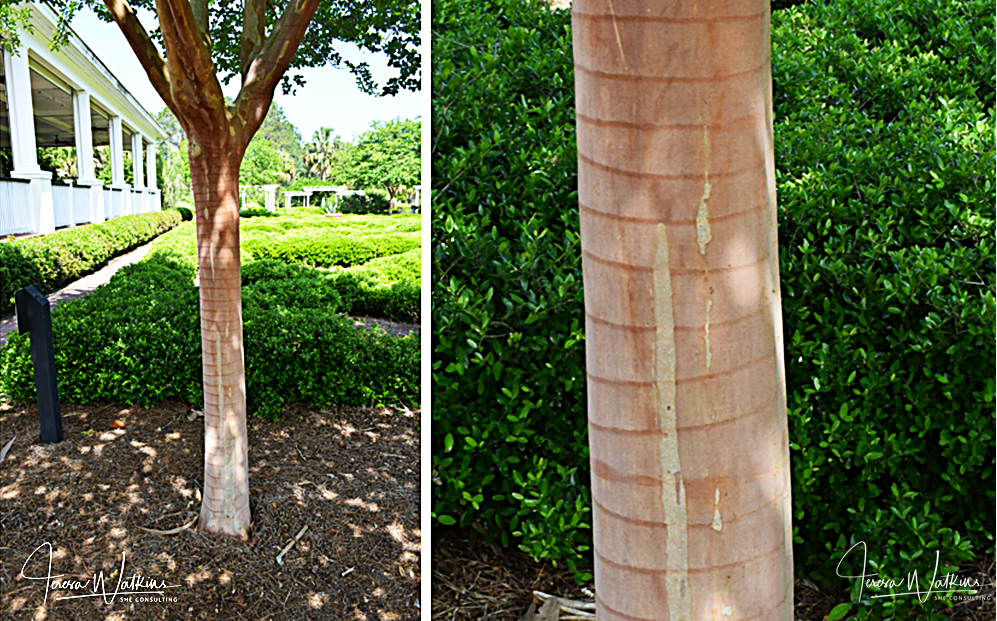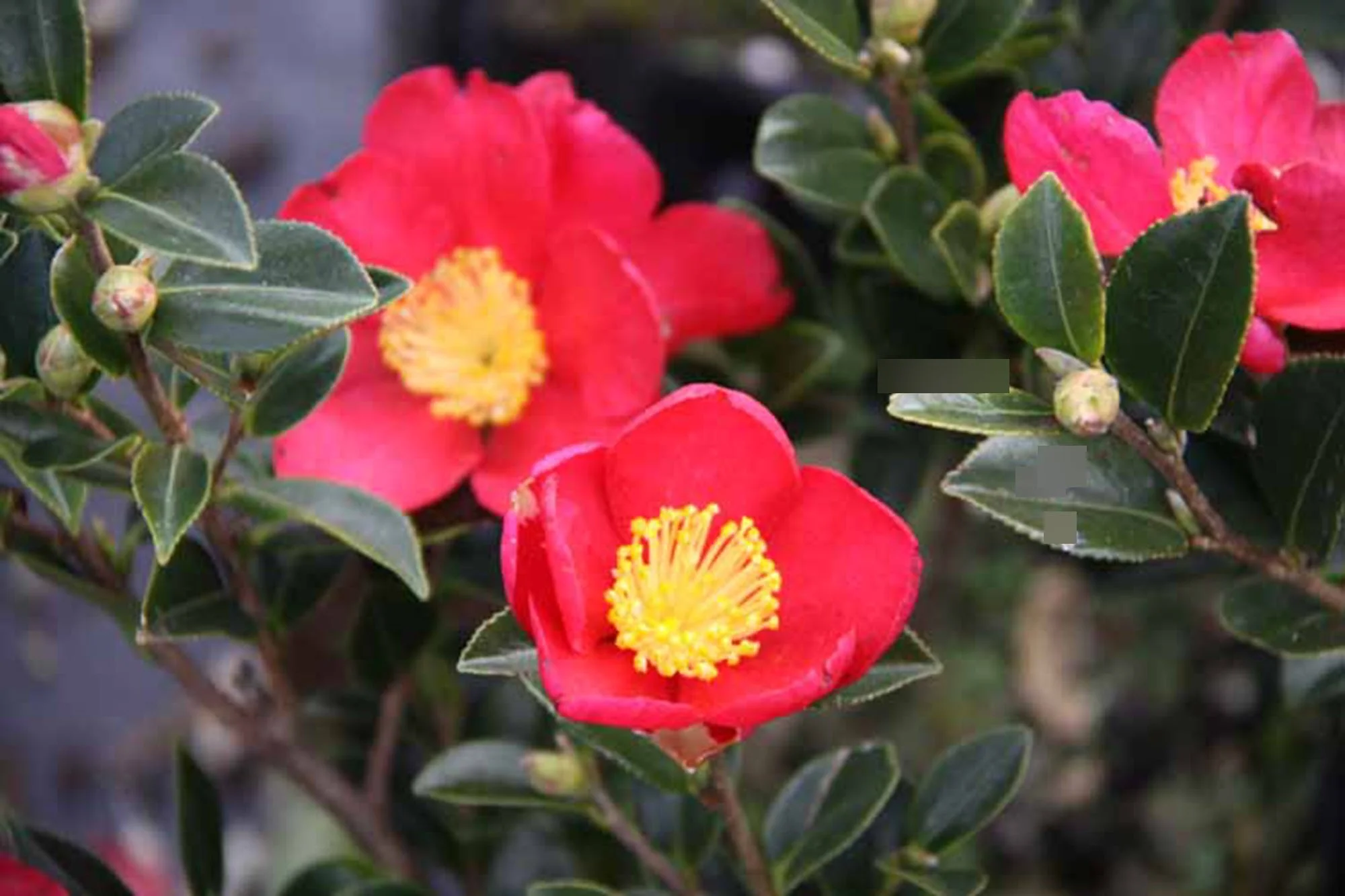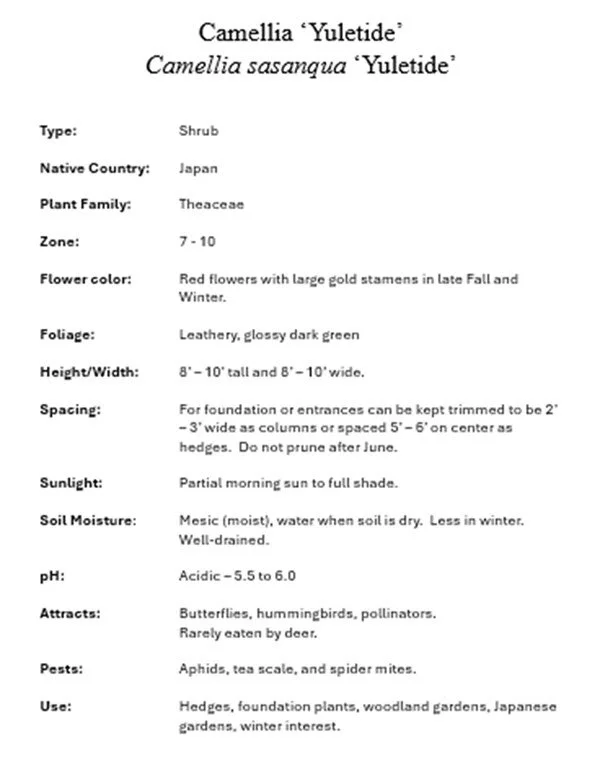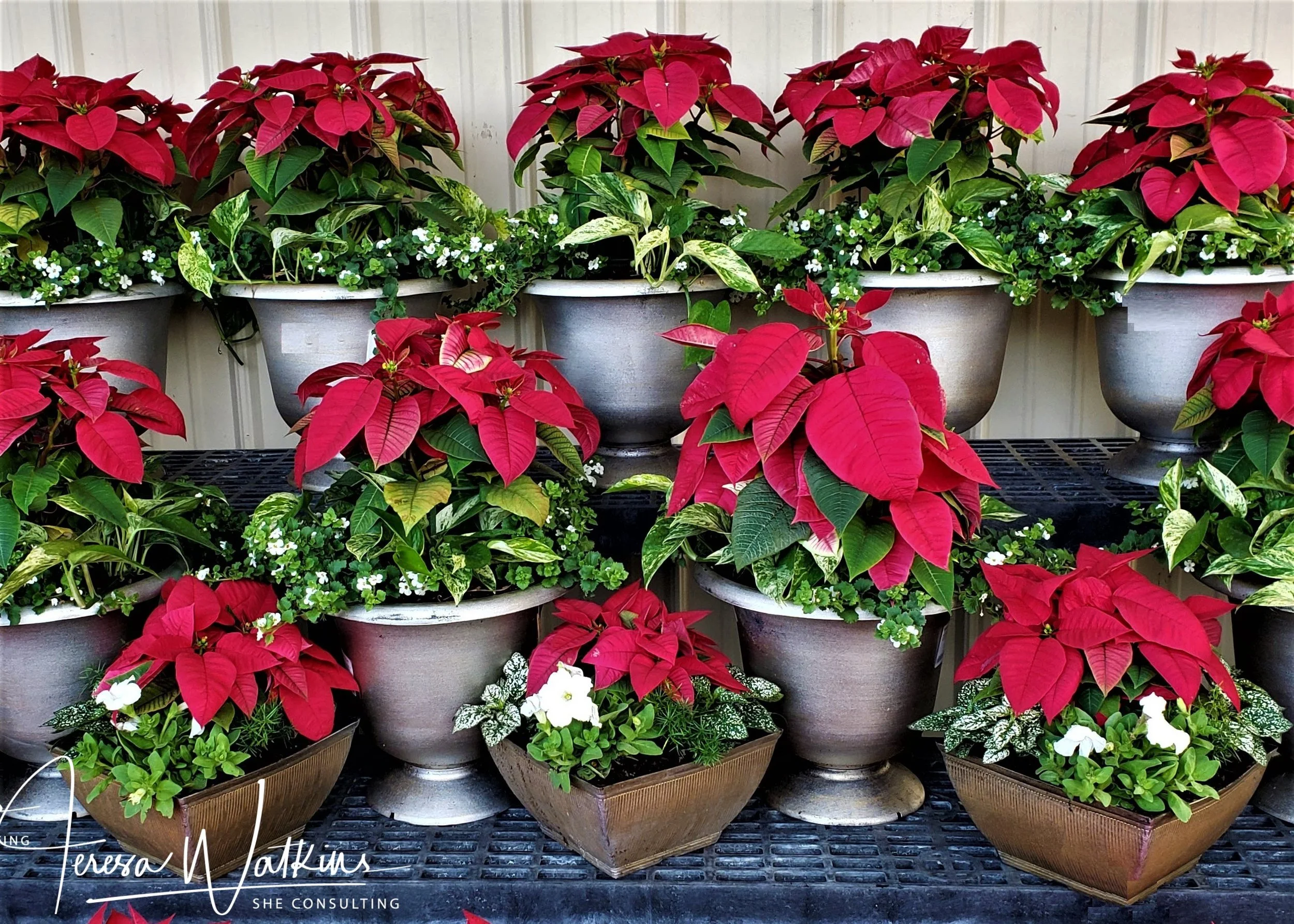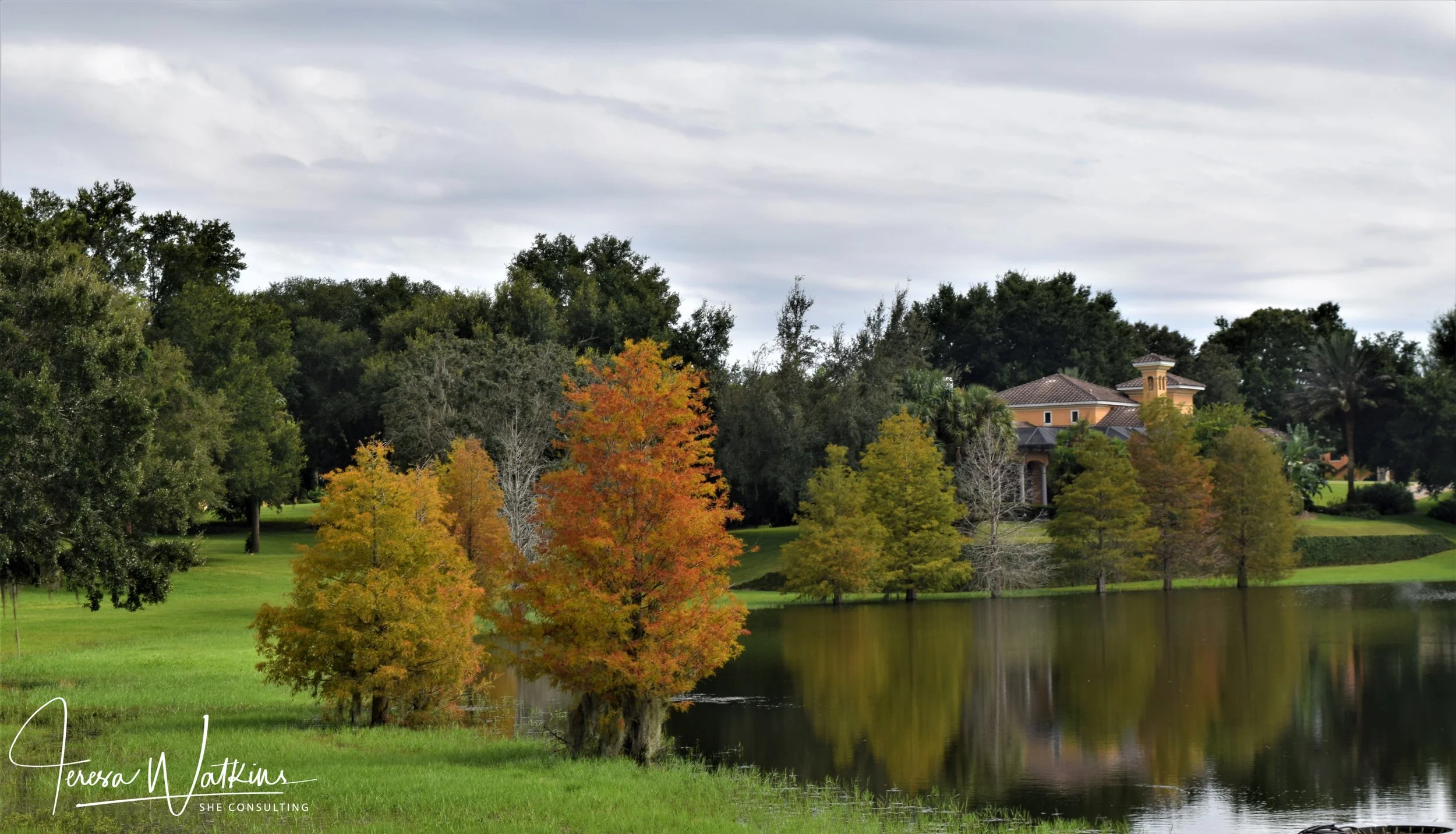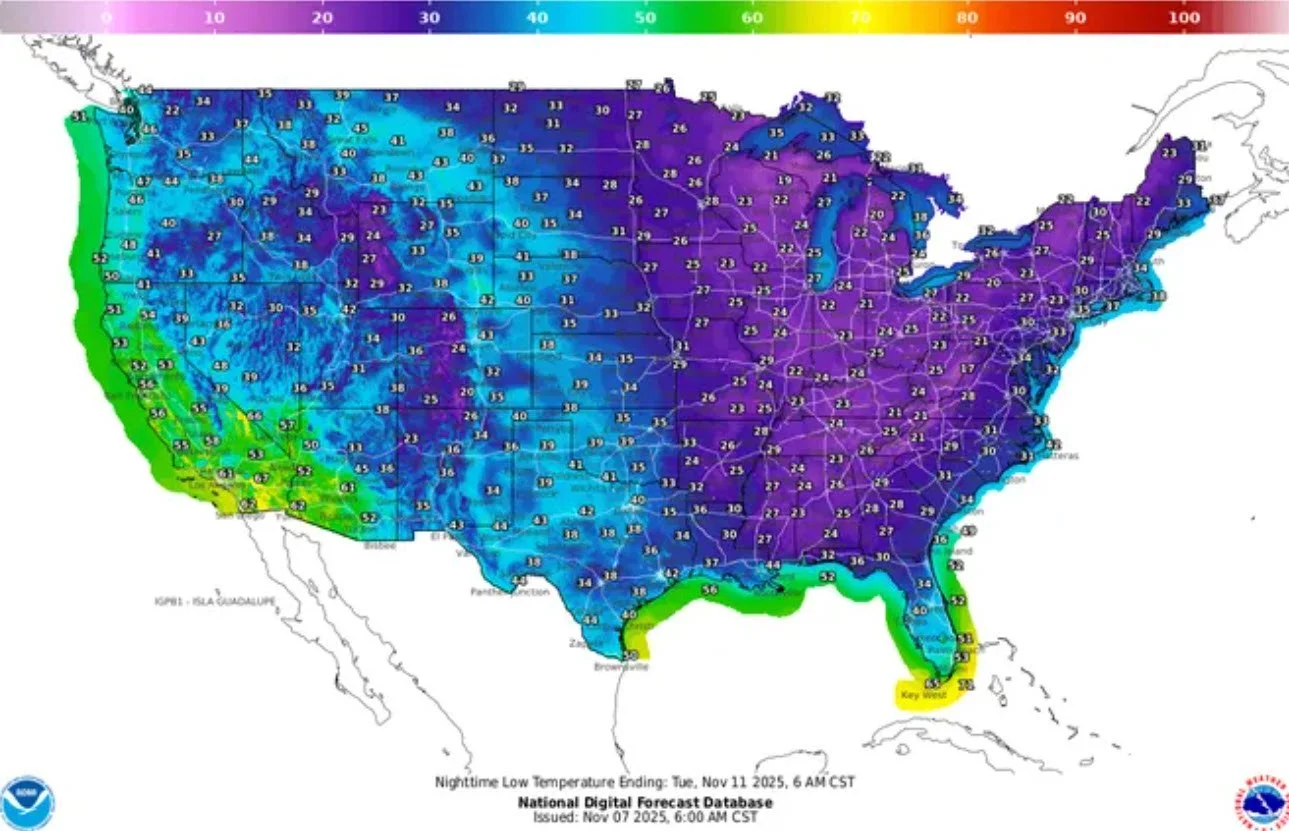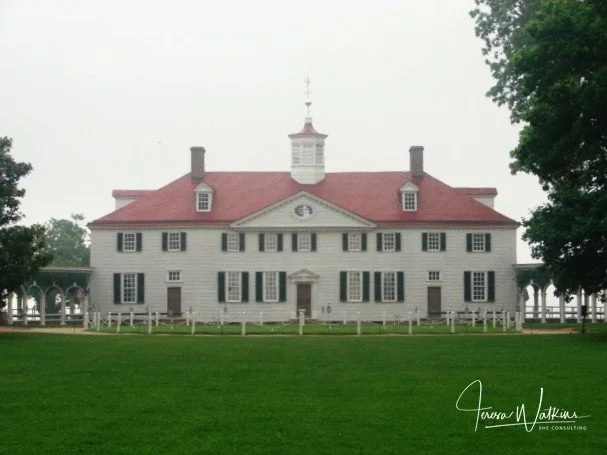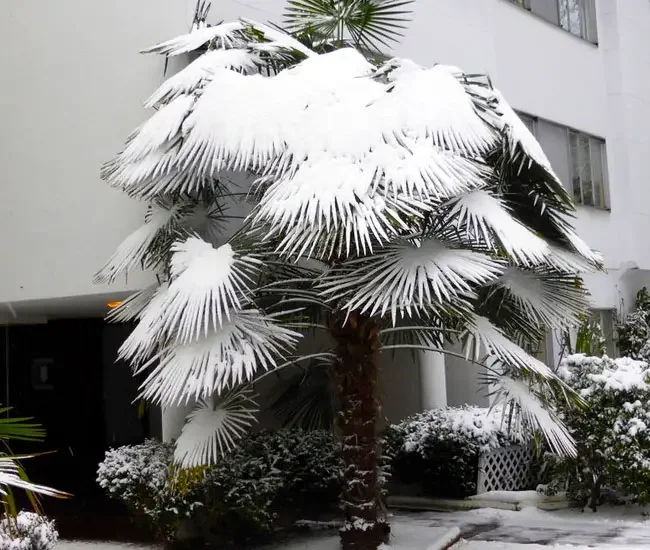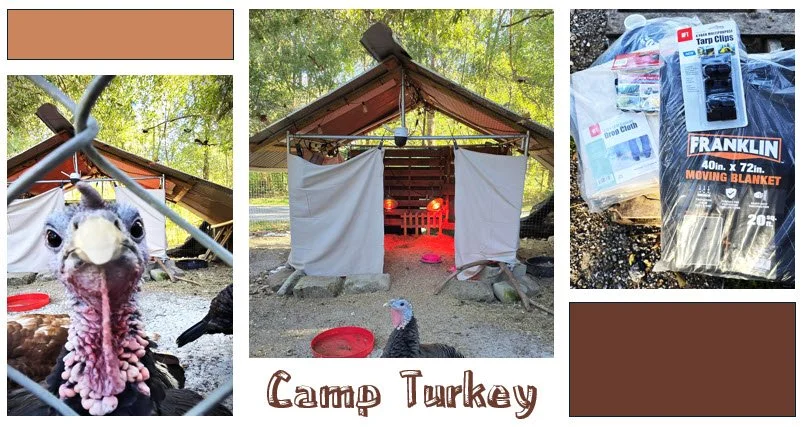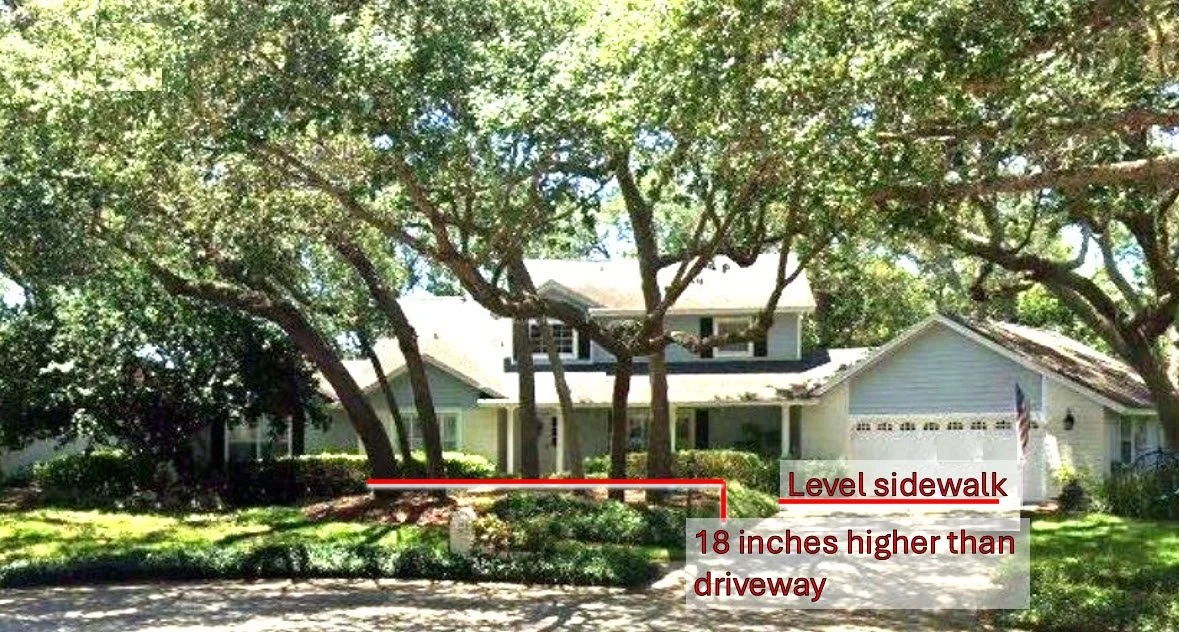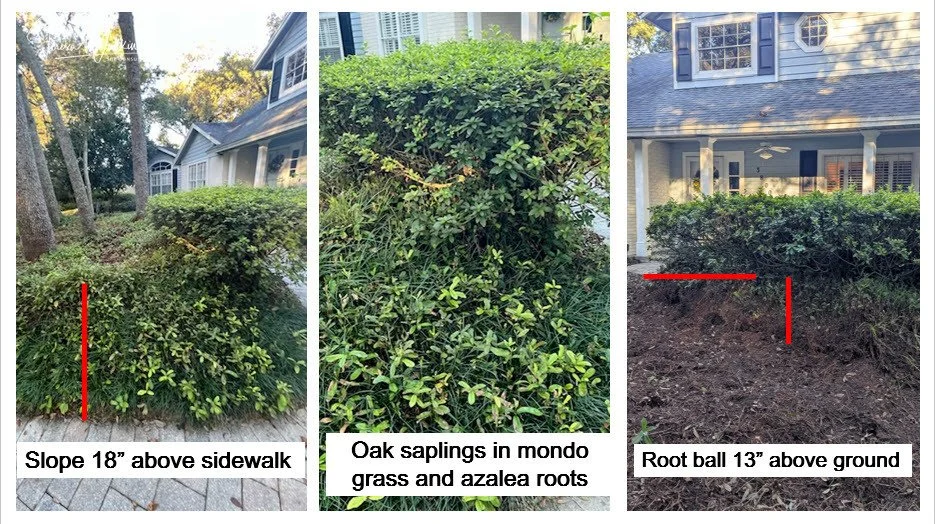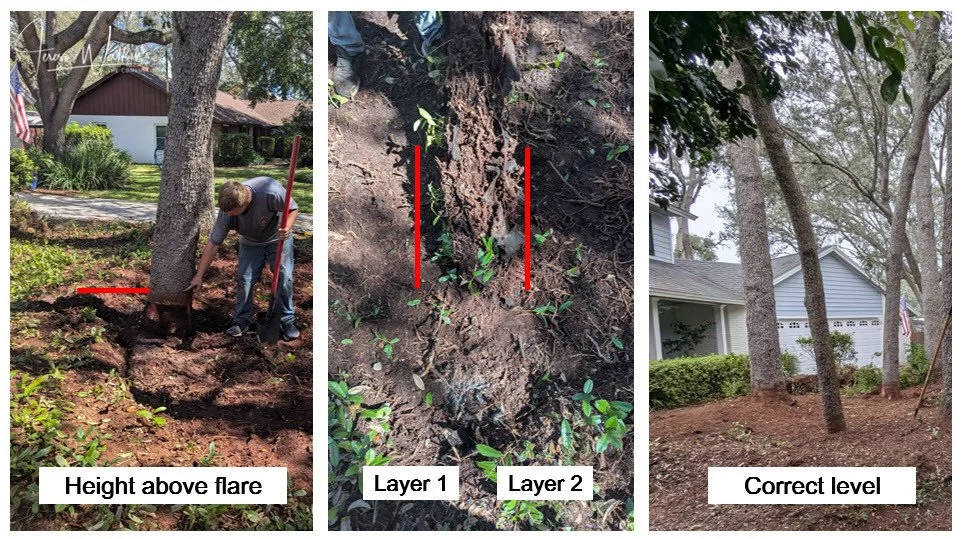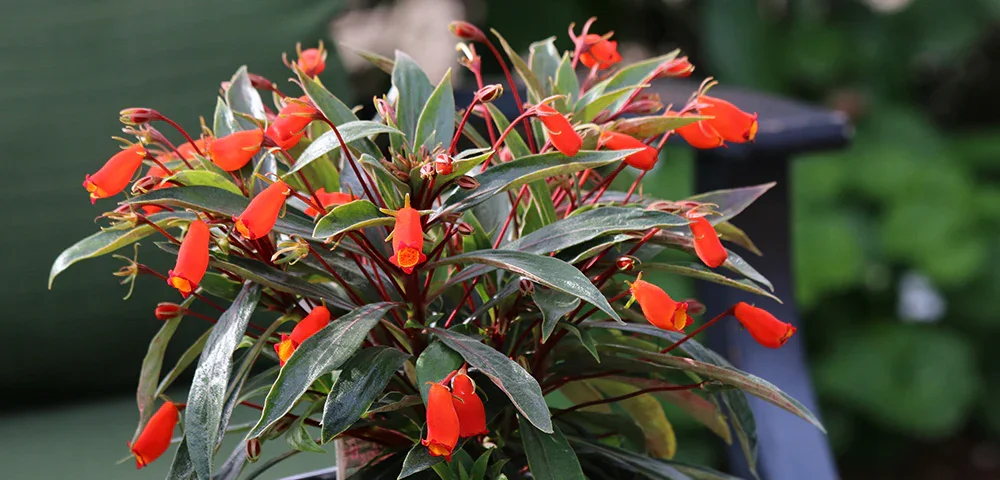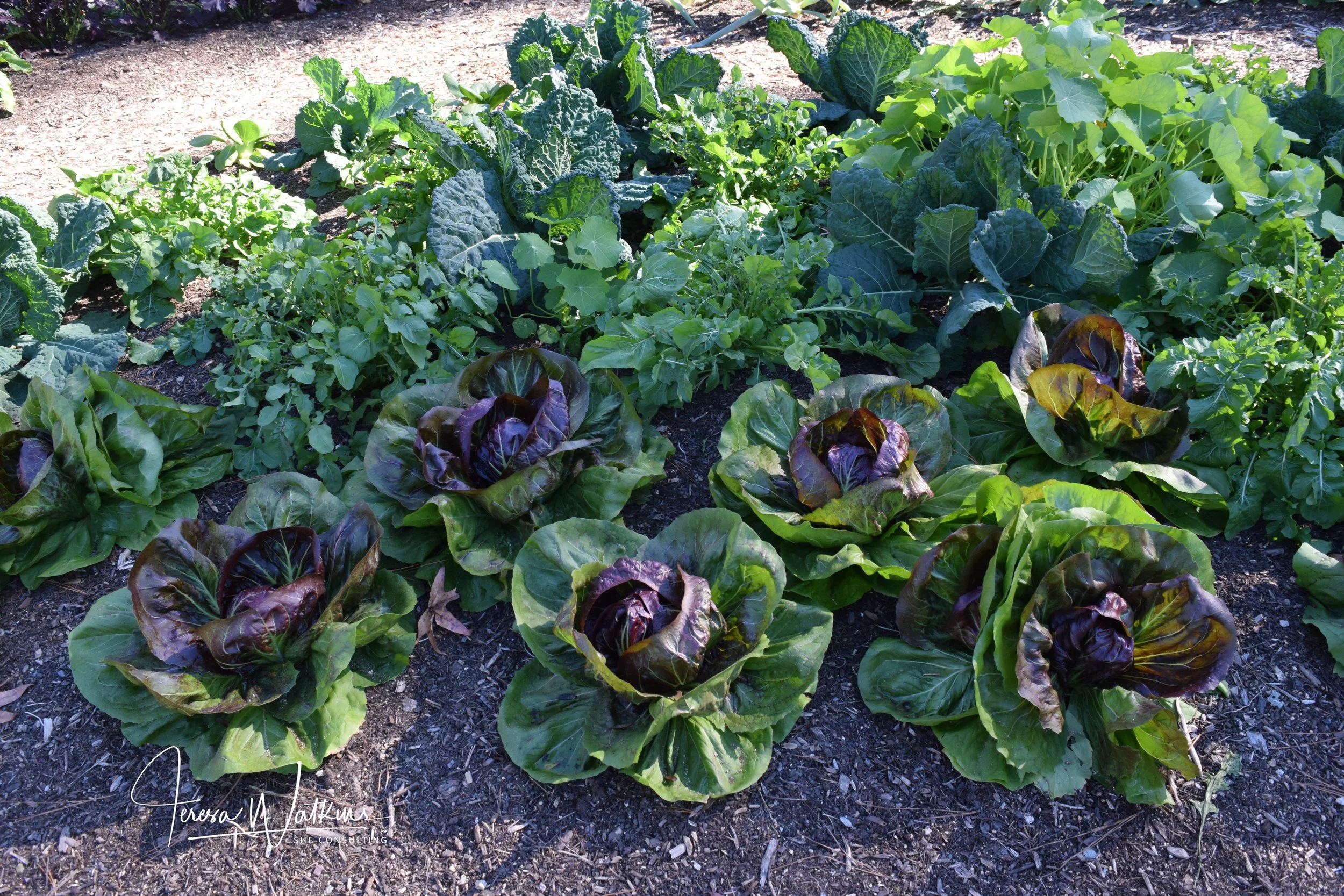I enjoy Christmas lights, whether they're multicolored or simple white stars, especially when used creatively in outdoor spaces like courtyards or patios. However, I’ve learned not to wrap lights tightly around tree trunks or branches, as this can damage the bark. Last summer, at a Southern botanical garden, I saw circumferential bark scars on a crape myrtle, where holiday lights had been left on too long. You don’t want to have this happen to your landscape trees.
You have two main options: hang lights using hooks or removable adhesive on non-organic fixtures like the ceiling or walls, or, if you choose to wrap them around a tree trunk, ensure you remove them within two to three weeks.
Once bark scars form from trauma, they cannot be fixed; such damage can result in branches becoming weaker and more vulnerable to pests and wind, and scarring may remain visible for decades. When hanging a basket or heavy plant such as a staghorn fern (which can grow to 100–300 pounds), regularly move the chain to prevent it from gouging the branch. Rest chains or hangers on a flat wood board or sturdy plastic for support.
I love using Christmas lights and starry sky lights throughout the year but if you would like to use them, help keep your tree healthy by removing them once the holiday season is over or readjust the placement every few months, especially during the growing season. Happy tree, Happy Holidays!


